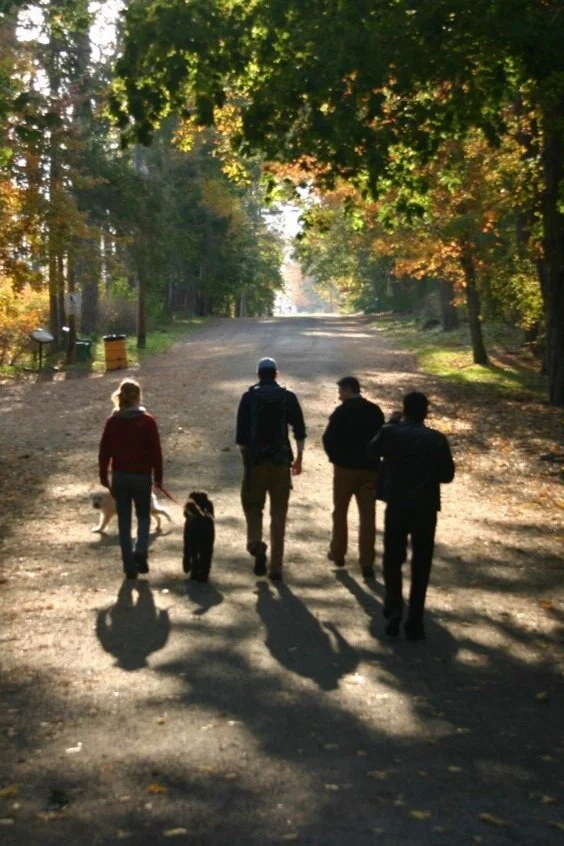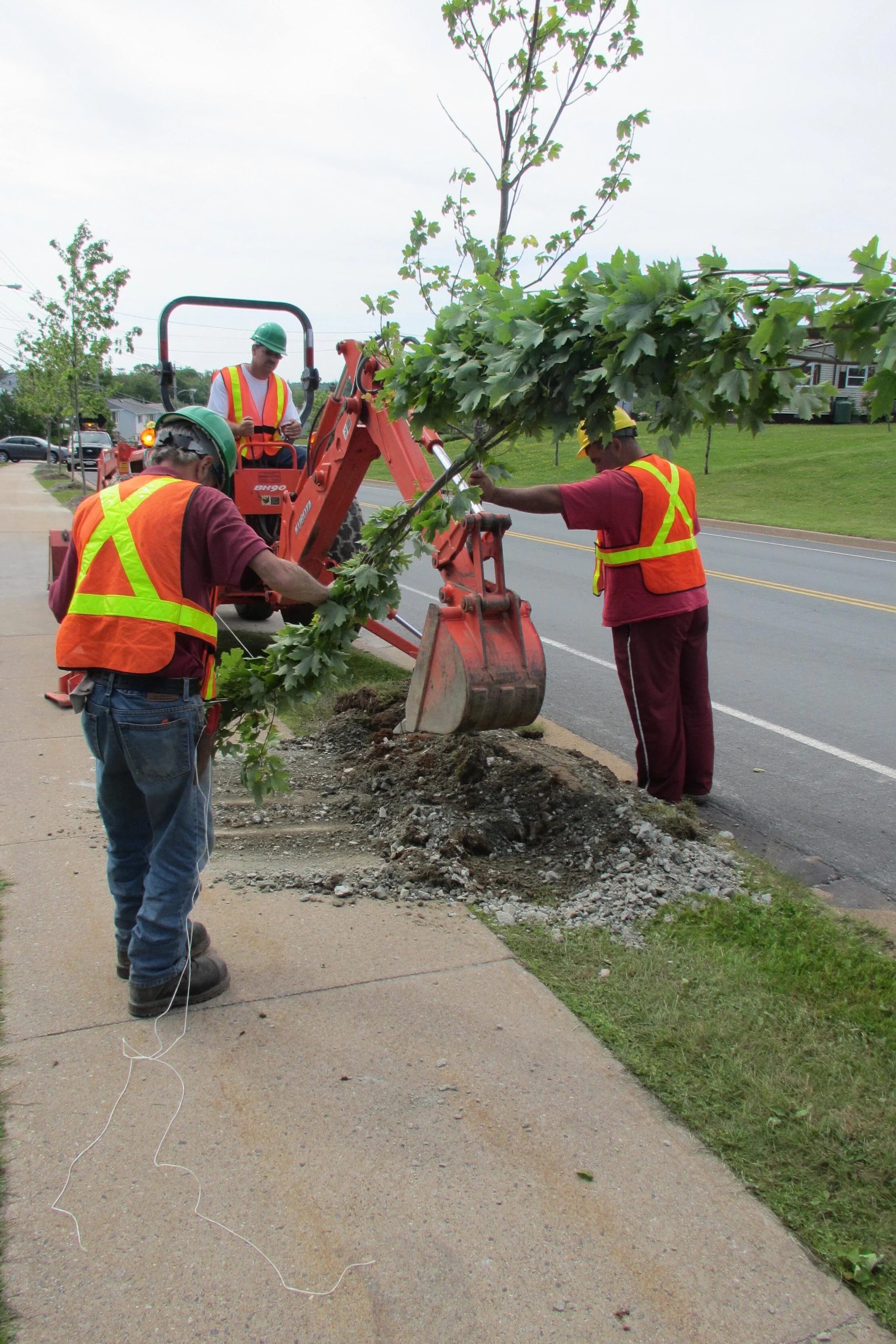We are pleased with the way our street-tree blog, species by species, has come to fruition. There are 20 entries each highlighting one common street-tree species. Please share the link with your friends and colleagues.
We now turn our attention to what we call tree values. Another term for these could be tree benefits, but we prefer values. For us, a value is something we cherish, in this case about urban trees. How do we value urban trees? Why do we cherish them? How do we benefit from them? Why are they important to us?
My urban-forest research group at the School for Resource and Environmental Studies, Dalhousie University, has been studying urban-forest values for more than a decade. You will find most of our reports, theses, and papers here. An important early piece we wrote in 2013 was entitled “In Support of Trees in the City: A Message for Municipal Councillors, Developers, and NGOs.” In that publication, we listed 22 urban-forest values and gave very brief descriptions of each. In this series of articles, we want to expand on the description of each of these values and guide readers to additional information from the research literature.
Because this work is done under the aegis of Halifax Tree Project, we will try to link the articles as strongly as we can to circumstances in our fair city. However, many of us have travelled to towns and cities across Canada and indeed around the world, so we will also feature some words and pictures about each value in non-Halifax contexts.
The intention is to post one article per week (which you will be able to find below), hopefully on Mondays starting on October 12th. Contributors to the articles include mostly former students associated with my research lab at Dalhousie.
If you can think of any urban-forest values we may have missed in this series, by all means we would like to hear about that from you. You can get a sense of the whole list of 22 values by glancing through the “In Support of Trees in the City” publication mentioned above.
If you find these articles to be of any value to you as you read them, please alert your family, friends, and colleagues to their availability on this website. We also welcome ideas on what future series of web articles we ought to produce after this series is completed in mid-March 2021!






















